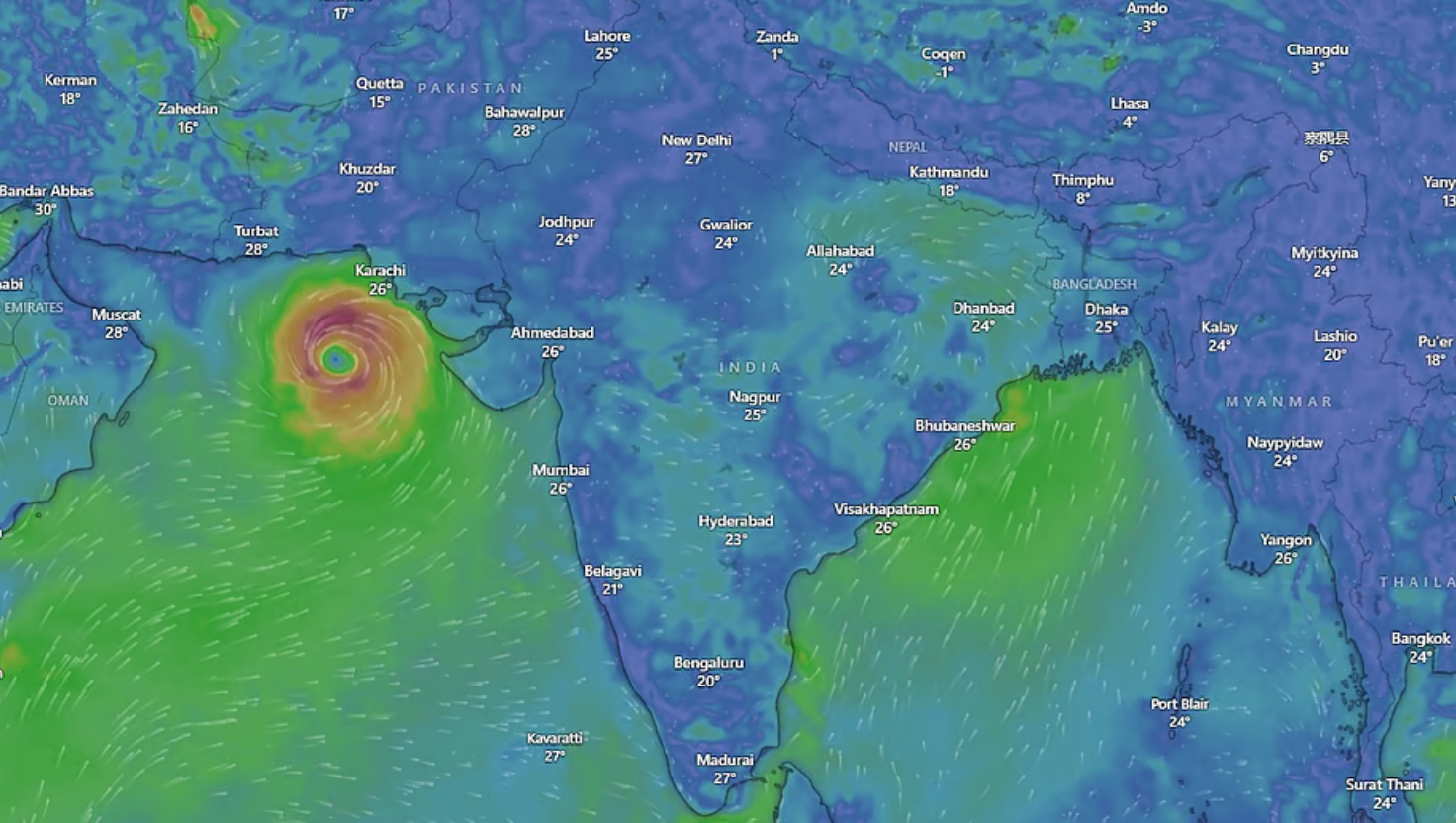2G Ethanol: A Step Towards Sustainable Biofuels
Syllabus: (UPSC Prelims)
Source: Down To Earth
Context
India has allowed the export of 2G (second-generation) ethanol, subject to mandatory export licenses and feedstock certificates.
What is 2G Ethanol?
- An advanced biofuel made from non-food biomass such as agricultural residues, forestry waste, woody biomass, algae, and municipal solid waste.
- Unlike 1G ethanol (derived from edible crops like sugarcane or maize), 2G uses waste material, ensuring food security and sustainability.
Process of Production
- Feedstock: Crop residues (rice/wheat straw, bagasse, corn stover), grasses, algae, wood chips.
- Pretreatment: Mechanical/thermal/chemical processes break down plant cell walls.
- Hydrolysis: Enzymes release fermentable sugars.
- Fermentation: Microorganisms convert sugars into ethanol.
- Distillation & Purification: Produces ethanol suitable for blending or industrial use.
Key Features
- Sustainable: Uses crop and forestry residues, reducing stubble burning and waste.
- Low-carbon fuel: Cuts GHG emissions by up to 85–108% compared to gasoline.
- Non-food based: Prevents diversion of food crops for fuel.
- Scalable: India can tap nearly 62 million tonnes of municipal waste annually.
- Policy-backed: Supported by India’s E20 blending target (20% ethanol in petrol by 2030, achieved early in 2025).
Applications
- Transport sector: Blending with petrol to reduce crude oil imports.
- Aviation fuel: Potential for sustainable aviation biofuels.
- Industrial use: Solvents in pharmaceuticals, chemicals, beverages.
- Environmental management: Helps in reducing stubble burning and waste accumulation.
Significance
- Advances India’s energy security and climate goals.
- Strengthens the circular economy by converting waste into energy.
- Contributes to India’s net-zero targets and Paris Climate commitments.











